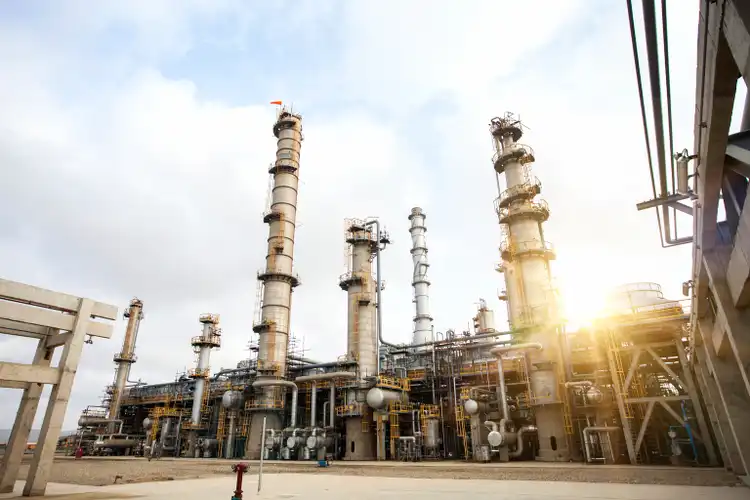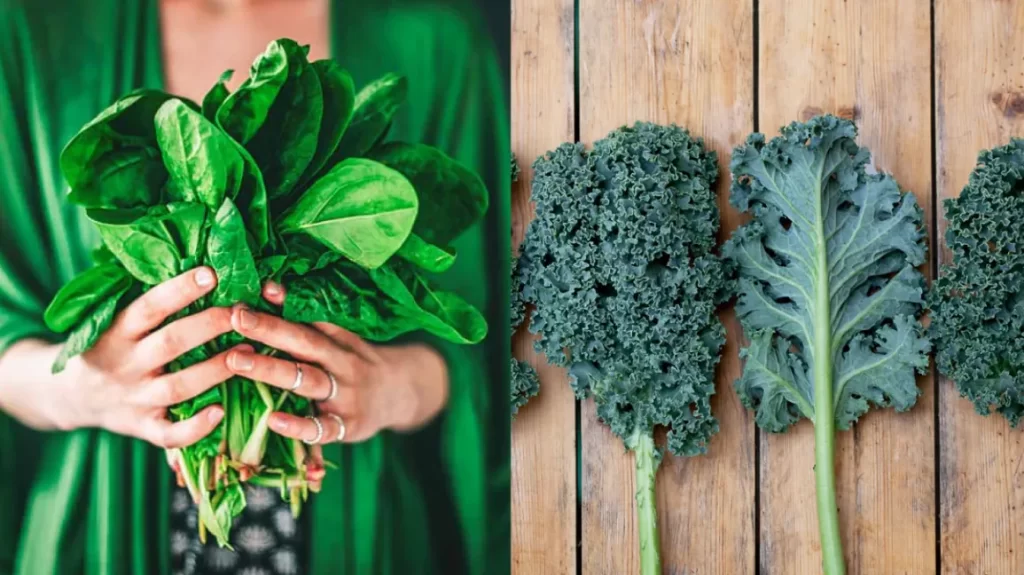
Gas Produce
Natural gas production process with description
The production process of natural gas involves several stages from exploration & drilling to processing & distribution. Here’s a general overview of the natural gas production process:
Exploration and Drilling:
Exploration: Geologists and geophysicists analyze geological data, conduct surveys, and utilize seismic imaging techniques to identify potential natural gas reservoirs.
Drilling: Once a promising location is identified, a well is drilled into the Earth's surface using specialized drilling rigs. The depth and design of the well depend on the characteristics of the reservoir.
Well Completion:
Casing and Cementing: Steel casing is inserted into the well, and cement is pumped into the space between the casing and the wellbore to provide structural support and prevent fluid migration between different layers.
Production:
Well Stimulation (if necessary): In some cases, techniques like hydraulic fracturing (fracking) or acidizing may be used to enhance the productivity of the well by creating fractures or dissolving rocks.
Natural Gas Extraction: Once the well is prepared, natural gas can flow to the surface either by natural pressure or with the assistance of pumps. The gas is separated from any accompanying fluids, such as water or oil, using separators.
Processing and Treatment:
Separation: Natural gas is typically composed of methane along with other hydrocarbons, impurities, and contaminants. It undergoes processing to separate these components. The primary separation method is typically cryogenic distillation, which cools the gas to condense and remove heavier hydrocarbons.
Dehydration: The gas is then passed through a dehydration unit to remove moisture and prevent corrosion in pipelines and equipment.
Impurity Removal: Additional processing steps may be employed to remove impurities like sulfur compounds (desulfurization), carbon dioxide (carbon capture), and other trace contaminants.
Compression: The treated natural gas is compressed to increase its pressure for efficient transportation through pipelines.
Transmission and Distribution:
Pipeline Transportation: Compressed natural gas is transported via an extensive network of pipelines to distribution centers, storage facilities, and end-users. The pipelines are monitored and controlled to maintain the desired pressure and ensure safe delivery.
Storage: Natural gas is stored in underground facilities, such as depleted gas reservoirs or caverns, to meet demand fluctuations and provide backup supply during peak periods.
Distribution: Natural gas is distributed through local distribution networks to residential, commercial, and industrial consumers. It reaches consumers through pipelines that connect to homes or businesses, where it can be used for heating, cooking, electricity generation, or industrial processes.It’s important to note that specific processes and technologies may vary depending on the characteristics of the natural gas reservoir and regional regulations. Additionally, safety measures and environmental considerations are crucial at every stage of the production process.







